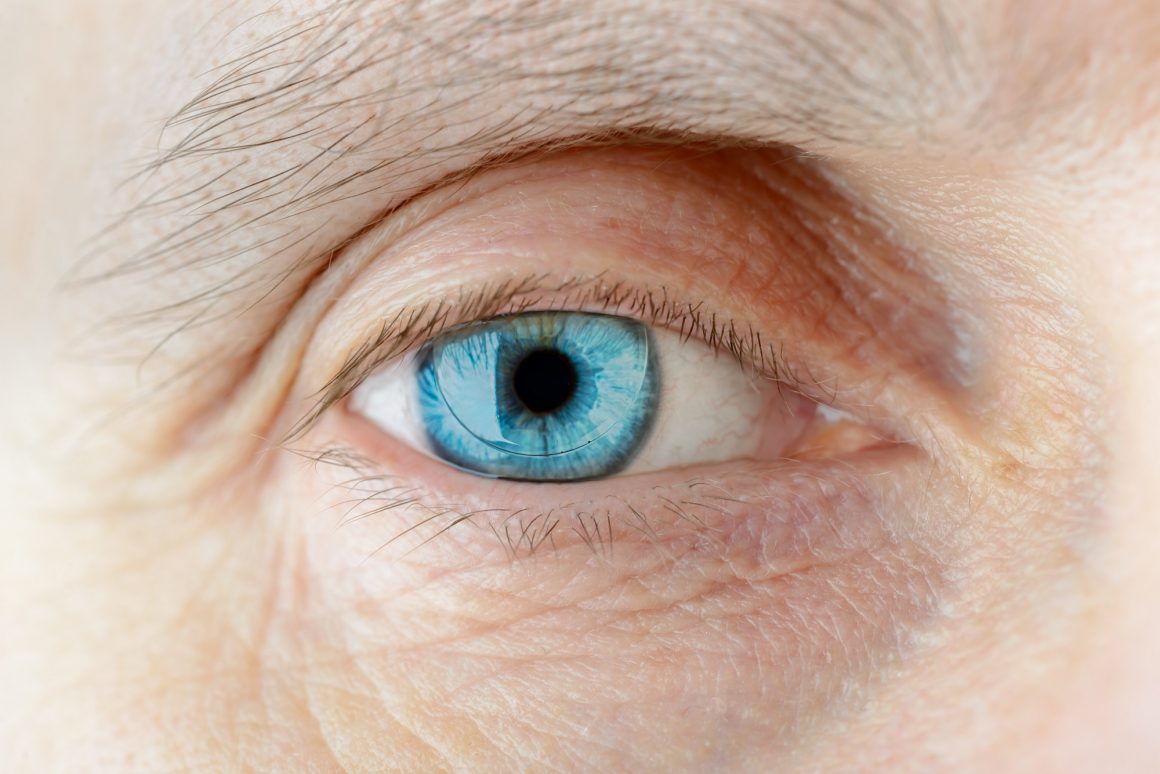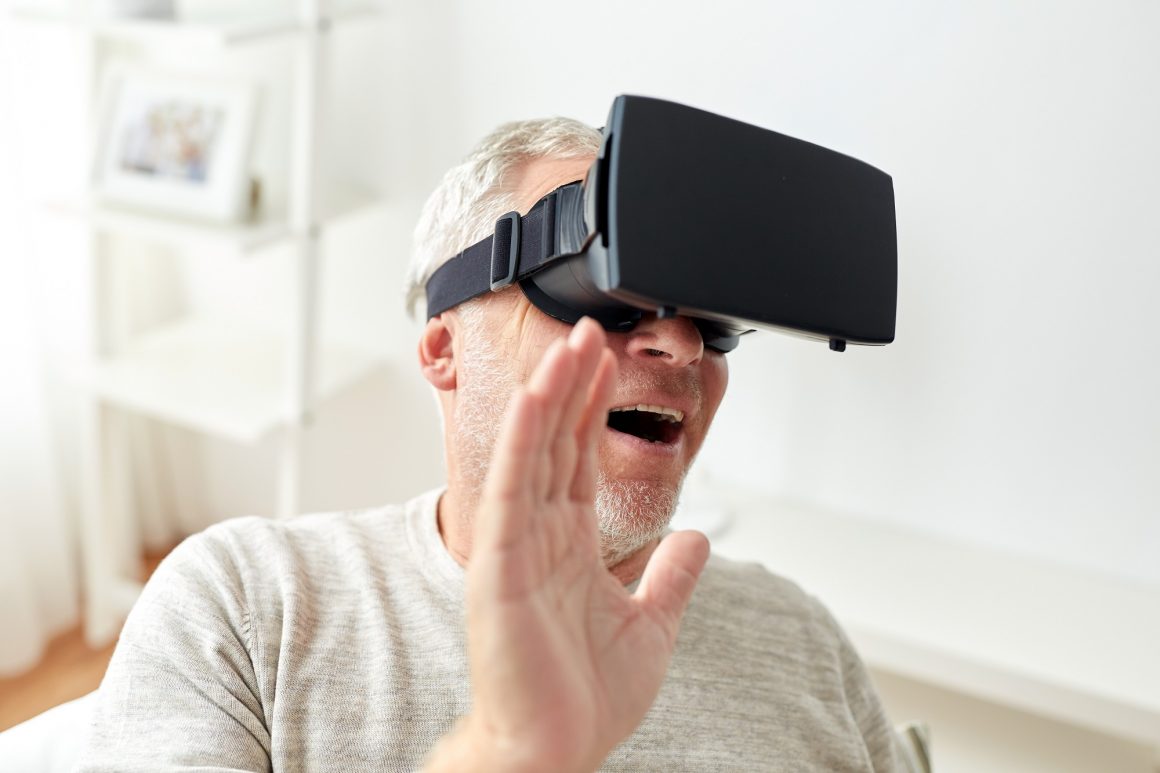A loss of vision is, to some extent, a completely normal part of the aging process. Colors become less sharp, edges blur into backgrounds and it becomes harder to focus on objects at certain distances.
Thanks to new technology, however, vision doesn’t have to wane with age and seniors don’t have to rely on the help of others to perform visual tasks. From virtual reality to retinal prosthesis and new types of contact lenses, older adults can now continue to function as normal, even as a normal dissipation in vision occurs.

The Permanent Contact Lens
Implantable contact lenses are now an FDA approved vision correction device. The procedure, which involves the placement of a permanent contact lens into the eye, does not involve the removal of tissue from the eye. This makes it ideal for patients who generally wouldn’t benefit from Lasik surgery, such as those with thin corneas or who suffer from extreme nearsightedness.
Visian ICL, a provider of implantable contacts, says its patients generally report improved night vision. Protection against UV rays is usually built into the lens and the technology is at a point where it can be crafted to avoid causing dry eye syndrome. The procedure to insert the lens is fairly quick, about 15 minutes, and recovery is over within a few days. The lens can last a lifetime, but it can also be removed whenever the patient would like.
Another company called Ocumetics markets a painless procedure involving a lens “folded like a taco” and implanted with a saline-filled syringe into the eye, where it would unravel itself within 10 seconds. The 8-minute procedure to implant the bionic lens is said to have a similar effect to cataract surgery and may make laser surgery obsolete.
A Not So Virtual Reality
VR technology has the ability to provide seniors with a clearer view of the world around them.

Two vision enhancements of note are IrisVision and Relumino. The technology allows users to integrate vision enhancement software into their lives by attaching their smartphones to a VR headset. The software can be adjusted to provide different services depending on the user’s condition, be it macular degeneration, glaucoma or severe myopia. It uses images taken with a smartphone camera and recreates them so they can be viewed in a way that will compensate for the user’s unique vision problems.
As far back as 25 years ago, researchers were working on a head mounted low vision enhancement system appropriately called LVES. Unfortunately, the technology that accompanied it was neither or cheap or conveniently sized. But today, the computing power inherent in a handheld device is equivalent to what was then a super computer. LVES eventually evolved into what is now IrisVision. The system is available for around $2,500.
The next step on researcher’s agenda is to make it so the wearer’s eye movements are used to control the device rather than head movements.
Kamra Like a Camera
Developed with older adults who need reading glasses in mind, Kamra’s “inlays” are an innovative technology for the treatment of presbyopia, or near vision blurriness.
The inlay is placed in the cornea, the clear, outer layer of the eyeball, and is thinner than a contact lens. Basically, it’s a small ring with a pinhole in the center. The inlay is placed in one eye, allowing you to see up close, while maintaining your distance vision in both eyes. The other eye is left untouched and as the patient adjusts, the two eyes work together so that the patient can see near and far. The procedure involves the doctor using a laser to create a small pocket in the cornea where the inlay is inserted.
Retinal Prosthesis
Those with little or no light perception have begun using light detectors (available as either devices or smartphone apps) that provide information about surroundings. An example would be the position of doors and windows, based on the location and strength of the edges between light and dark regions. Second Sight Medical Products has developed its Argus II retinal prosthesis around this idea and has received FDA approval for the treatment of late-stage retinitis pigmentosa.
The condition leads to blindness caused by the loss of light-sensitive cells called rods and cones. But in many cases, the condition does not affect the retinal nerves. The Argus II’s function is to stimulate these nerves as a method of bypassing the damaged rods and cones.
The device consists of a small capsule placed beneath the white of the eye. The device then sits around the back of the eye so that it is not visible. A built-in antenna receives wireless data signals as well as radio frequency. It transmits signals to 60 microscopic electrodes implanted on the retinal surface.
External accessories include glasses with a built-in camera and a portable video processing unit (VPU). Together, these devices capture and process video signals which are then delivered to the implant.
